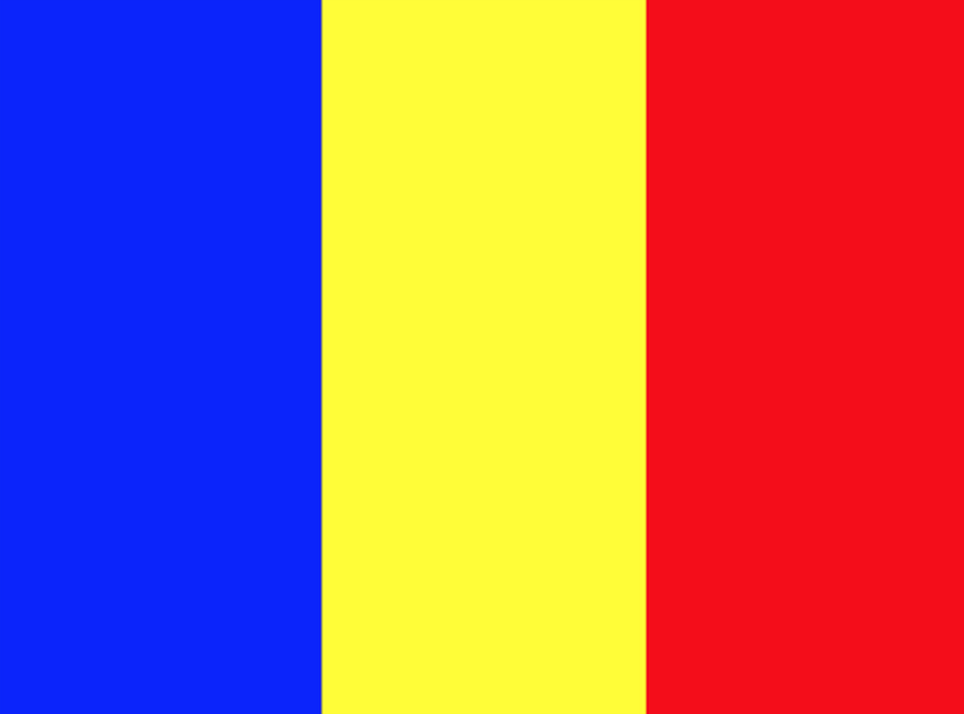Formed by the juxtaposition of light and dark values. This could be monochromatic.
Yellow is arguably the colour that suffers most from contrast of tone. This is because of how much lighter it is than other colours on the colour wheel (as shown above) other than the yellowy-greens and oranges. But even in these instances, yellow suffers with simultaneous contrast as shown at the bottom of this post. Red and blue don't suffer so much because they have fairly similar tonal values.
Contrast of Hue
Formed by the juxtaposing of different hues. The greater the distance between hues on a colour wheel, the greater the contrast.
In theory, all the primary colours should suffer the same from contrast of hue as they're the same distance away from each other on the colour wheel. But as the seven types of contrast stack on top of each other, in terms of overall contrast yellow still suffers more than red and blue because of the contrast of tone.
Contrast of Saturation
Formed by the juxtaposition of light and dark values and their relative saturations.
Contrast of saturation applies equally to all colours because a saturated hue is always going to look brighter than the same hues unsaturated counterparts. This is demonstrated above using blue and yellow which are the darkest and lightest primary subtractive colours.
Contrast of Extension
Formed by assigning proportional field sizes in relation to the visual weight of a colour. Also known as the contrast of proportion.
Contrast of extension is less about chromatic value and more about proportion and placement of colour. In the example above the purple is bolder and more noticeable on the left and so has less contrast of extension. On the right however the purple is far less overpowering and so has a higher contrast of extension. When talking about specific colours, in theory, the contrast is more noticeable between complimentary colours due to the stacking of contrast of hue, particularly with yellow and purple due to their higher contrast of tone.
Contrast of Temperature
Formed by juxtaposing hues that can be considered ‘warm’ or ‘cool’. Also known as the contrast of warm and cool.
Contrast of Temperature is the effect one colour has on the others. By putting a red next to a violet, the red appears redder than it actually is, emphasising how hot it is near the borders where the colours meet. Because this is primarily between hot and cold colours, this contrast affects blue more than red and yellow due to blue being the only cold primary colour.
Complementary Contrast
Formed by juxtaposing complementary colours from a colour wheel or perceptual opposites.
Complimentary contrast is when colours bring out their complimentary colour in the colour it's placed next too. In the example above the red is made to look redder because it's next to the green, it's complimentary colour. In addition to this the red makes the green look greener than it would do if it was next to another colour, yellow for example, as proved by the image under simultaneous contrast where the green used is the same green. Red and green are the best examples of this because their tonal contrast is minimal.
Simultaneous Contrast
Formed when boundaries between colours perceptually vibrate.
Simultaneous contrast occurs where no colour is dominant over the other such is in the above two cases. For example, when you try and concentrate on the yellow, the green moves forward in your eye, and visa versa.










No comments:
Post a Comment